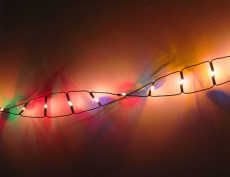?Birth defects occur more often in test-tube babies, which has led doctors to ponder whether the cause is the actual infertility or its treatments. Results from a recent Australian study indicate it may be a little of both.
The risk of birth defects is the same in IVF and naturally conceived babies, which is around six percent. In babies resulting from the sperm being injected into the egg, which is common in cases of male infertility, the rate rose to 10 percent. This could be blamed on the extra handling involved or on defective genes. Using IVF, freezing embroyos and using only a couple of them at one time can reduce the the chance of birth defects.
The study, conducted from 1986 through 2002, was based on the records of 303,000 natural conceptions and 6,163 that used assisted reproduction methods. All birth defects found by age five were included in the results. Defects that were counted were cleft palate, abnormalities of the limbs and urinary tract, heart and spinal problems. Other minor defects were dismissed if they did not cause disfigurement or require treatment.
Results also showed that women who were infertile but later conceived naturally had a higher birth defect rate, as did women who conceived after using an assisted method. The research concluded that infertility must play a role.
Athough assisted reproduction has vastly improved in the decade since the study concluded, doctors should take the research results seriously and share the information with patients. It should be noted that even with the use of genetic testing, there are no guarantees in reproduction.

